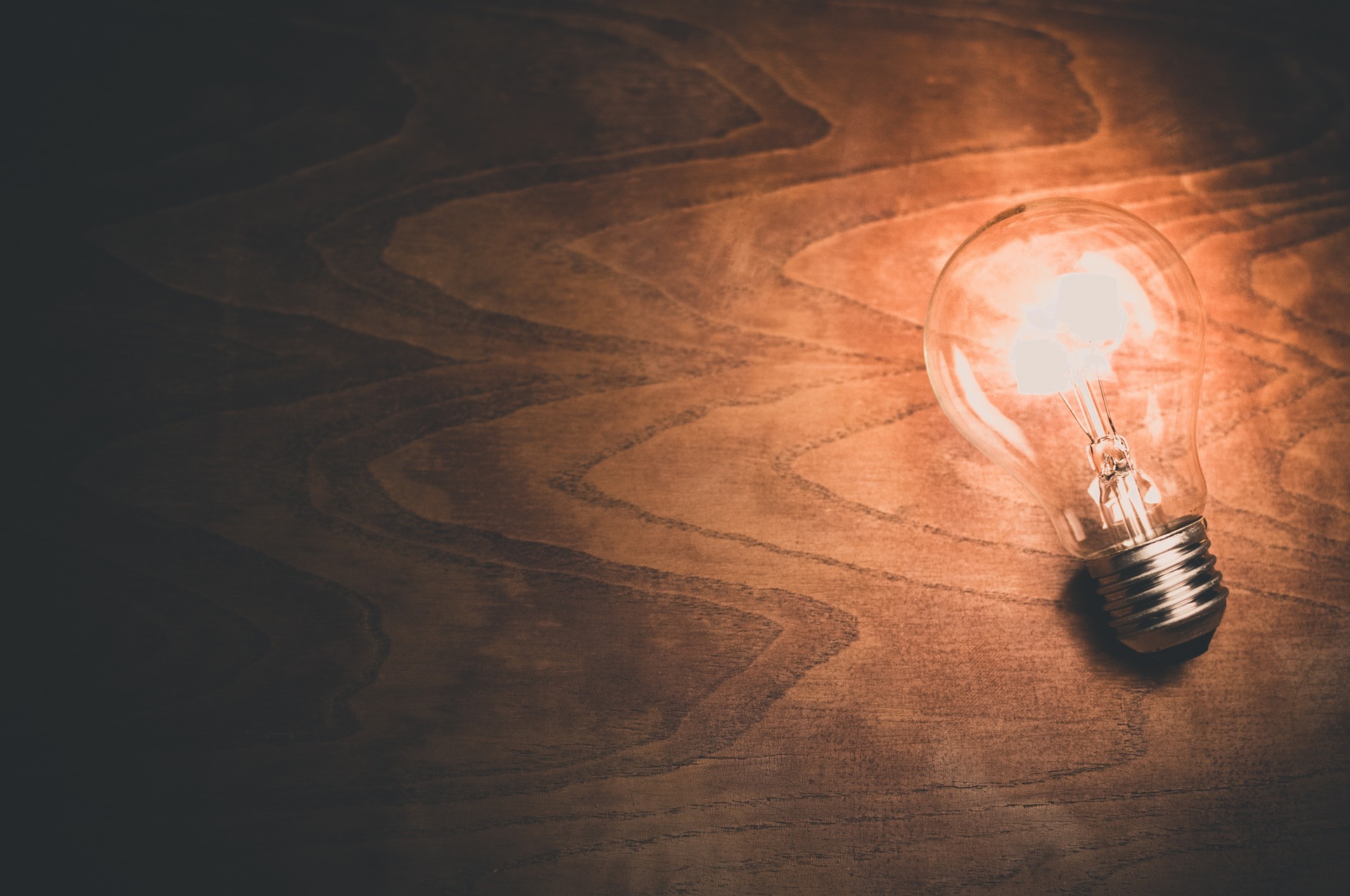




Lantern Legal's Quick Guide to Fair Use
This article is intended to be a guide for website owners regarding the fair use of copyrighted material on websites. Though it will touch on the use of copyrighted material in other contexts, it is not a comprehensive manual on fair use and should not be used as a substitute for legal advice pertaining to your unique situation.
What Is Copyright Law?
Copyright law in the United States is provided by federal statute, codified at Title 17 of the United States Code. The law is officially called the Copyright Act of 1976, and also contains any amendments since its original enactment. The law evolves with changing technology, not without its critics, but the concept of fair use has remained an important part of U.S. copyright law.
Copyright is an exclusive right that accrues to a creator as soon as the work is fixed in a tangible medium, such as a piece of paper, a canvass, or a sound recording. Registering a copyright with the federal government is not required to obtain a copyright, but a copyright holder must register the copyright in order to enforce it against an alleged infringer.
Copyright does not protect works that lack originality, for example a logical compilation such as a phone book; works in the public domain; United States government works, for example decisions of legal cases; facts; or ideas, processes, methods and systems described in copyrighted works (such ideas, processes, etc. may be protected by a patent). Any work published on or before December 31, 1922 is now in the public domain. Works created and registered or first published in the United States between January 1, 1923 and December 31, 1978 are protected for 95 years from the date of publication. After 1978, protection runs for 70 years from the date of the author’s death, whether a work was published or not. There are additional nuances to the duration of copyright protection, such as extensions, but in general these dates and terms apply.
What Is Fair Use?
Fair use is a limitation on the exclusive use of a copyright. It is a defense to copyright infringement, which means that adhering to fair use guidelines will not preclude your being sued for infringement. Once in litigation, a court will look at four factors in determining whether a work is a fair use of a copyright or not. Those four factors, directly from Section 107 of the copyright statute, are:
(1) the purpose and character of the use, including whether such use is of a commercial nature or is for nonprofit educational purposes;
(2) the nature of the copyrighted work;
(3) the amount and substantiality of the portion used in relation to the copyrighted work as a whole; and
(4) the effect of the use upon the potential market for or value of the copyrighted work.
A fair use defense is generally only available where there is a limited copying, or where the use of a copyright is for a transformative purpose, such as commentary, criticism, or parody. As to the character of the use, fair use is more likely to be available for purposes such as criticism, commentary, news reporting, parody or a repurposing of a work (that is, providing new context or adding value to the work). For example, when Jon Stewart uses television news clips during his broad cast of The Daily Show, those clips are a permissible fair use because they are being used for criticism and commentary. Personal use, non-profit use or educational use including teaching, scholarship, and research are more likely to be found a fair use than a commercial use.
As to factor number two, is the nature of the copied work factual or imaginative? Published or unpublished? Factual works and previously published works will tip the balance in favor of fair use, while copying of imaginative or unpublished work favors the need to seek permission from the copyright holder to use the work.
Regarding factor three, a transformative use should use no more of the copyrighted material than is necessary to achieve the purpose of the transformation.
Factor four, which is often the most critical factor regards to judicial analysis, considers the effect on the original work if the kind of contemplated use were widespread, and also considers the effect of permissions. For example, is the copyright holder unidentifiable? Is the original work out of print or otherwise unavailable? What if no license is available for the type of copying you want to make? If there is an effective market offering a license to use the work in the way you want to use it, then an unlicensed use is not likely to be found a fair use. Use that competes with the original by taking away sales of the original is not likely to be found a fair use. Where a use is transformative and uses only the necessary amount of the copyrighted work, courts may not look to the availability of a license as a factor for determining whether the use was fair. A good rule of thumb then is to make sure your use is transformative and not excessive (factors one and three).
Access Denied
Permission to use a copyrighted work is within the sole province of the copyright holder. If from the outset your use appears to be fair, you may be better off not requesting permission in the first place. But if you have sought permission to use a copyright and have been denied, it is best to pursue other options. It is not uncommon to request permission from a copyright owner, or his or her heirs or publisher, and receive no response. Copyright owners are under no obligation to respond and lack of response does not constitute permission. Again it may be best to pursue other options. In the case of an “orphan work”—a copyright protected work whose owners cannot be identified or located—there is no clear legal option. You may want to seek specific legal advice in determining whether it is worth the risk to use the work without permission.
Funny May Not Equal Fair Use Parody
Parody is a work that borrows from another in order to ridicule. But just because you think something is funny, does not mean it is a fair use.
Taking an example from the publicity and privacy rights context, Arnold Scwarzenegger sued an Ohio toy company in 2004 over the company’s use of Schwarenegger’s likeness in a bobble head doll holding an assault rifle. The toy company’s position was that the bobble heads were meant to be a political parody, poking fun at the then-governor of California for his failure to act on a promise to enact gun control measures. Most people—and politicians—might agree that the bobble head dolls were harmless and funny, but Schwarezenegger sued over his right to publicity, or right to control and profit from his celebrity image. Perhaps the Schwarzenegger case was unique among politicians because Schwarzenegger was not just a governor but a Hollywood celebrity as well, but the case illustrates the gray area in the law surrounding First Amendment speech protection, which would constitute fair use, and the ability of an individual to guard his or her image and likeness. The case settled and the toymaker was permitted to produce a reconfigured Schwarzenegger bobble head doll without the gun. Since the bobble head dolls lacked transformation, the toymaker was susceptible to Schwarzenegger’s claims.
In an important legal decision, Campbell v. Acuff-Rose Music, Inc., the Supreme Court of the United States explained that parody is the “use of some elements of a prior author’s composition to create a new one that, at least in part, comment on that author’s works.” 510 U.S. 569, 580 (U.S. 1994). The Court recognized that parody can provide a social benefit “by shedding light on an earlier work, and, in the process, creating a new one.” Id.
The same four factors that apply to the determination of fair use in other contexts apply to parody as well. While courts recognize that a successful parody must borrow heavily from the original work, generally speaking, the more transformative a work, the more likely it will be found a fair use of the prior work rather than infringing. In general, a parody should be commenting on or poking fun of an author/creator, their work or the message of that work.
Practical Implications of Fair Use
Consider the above-mentioned four factors before using copyrighted material without permission within your website. Any music, video or still images containing copyrighted material or non-original works may be infringing. Even if you are creating and posting an original video, for example, obtaining the proper license, referred to as a synchronization or "sync" license, is advised if you wish to use music or other copyrighted work within your video. The Internet is abound with the unlicensed use of copyrighted work, and this is an area clogged with controversy over how to handle such infringement. Read about the Digital Millennium Copyright Act (DMCA) and DMCA takedown notices, which we discussed in our series of articles about launching a Web-based business. The only way to ensure you will not get snagged in an infringement lawsuit is to seek the proper license for your use.
If you own a restaurant or bar and intend to play music, or you want to put on a one-day event, for example, can you play music without obtaining a license? The answer is generally no. When you play music in any sort of public sphere, a license is required. Licenses can be obtained from BMI (Broadcast Music, Inc.), ASCAP (American Society of Composers, Authors and Publishers) and SESAC (Society of European Stage Authors and Composers) via their websites. Since a license from either organization grants the rights to play the music of only their members, you may require both licenses to play all the music you wish to play in your establishment or at your event. Businesses typically pay a flat yearly rate, called a blanket license, but numerous licenses are available depending on the duration and nature of the public “performance” of music. Performance in this context applies to live performance or playback of recorded music.
If you are teaching a class and using copyrighted materials for educational use, a license may not be required. There is an exception in the Copyright Act for non-profit educational institutions when the use of copyrighted material is within the classroom learning environment. But once it leaves the classroom, like a performance in the gym for an invited audience for example, the exception will not apply.
According to ASCAP, performance of music in a face-to-face teaching activity does not require a license, but performance as part of a training seminar, convention or other commercial or business presentation would require permission (i.e. the license). For printed materials, limiting the use of copyrighted work to 10% or less of the copied work typically means permission is not required. Limiting access to copyrighted works and terminating access at the end of the educational course may also bolster a fair use defense. Always consider the four factors presented in the copyright statute.
